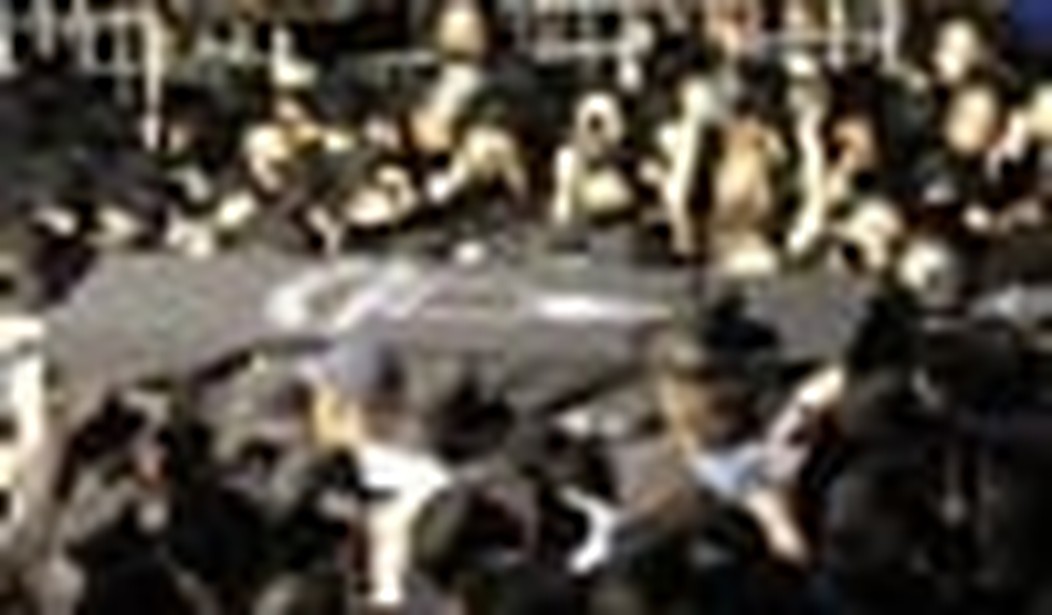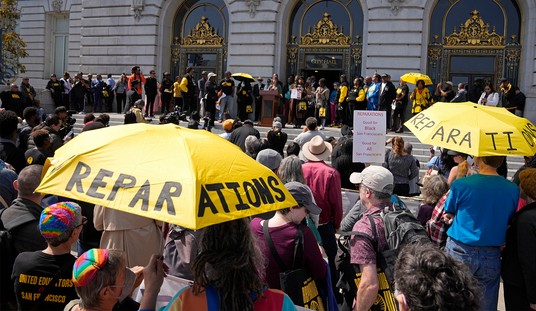The stark facts of Leiby Kletzky’s murder are so dreadful that they conjure up the plot of a horror film. An innocent 8-year-old boy going for a 7-block walk in an area known to be among the safest in New York. A killing and dismemberment. A grieving family and a shocked Hasidic Jewish community. A perpetrator from the closely-related Orthodox community, who had no previous record of violence.
One of the most poignant details of all is that Leiby’s abduction occurred on the boy’s first solo walk home from day camp. His parents had acceded to his request after he pleaded with them to let him, and had even rehearsed the trip with him during a trial run a few days earlier. But it was all to no avail.
For many who are old enough to remember, and especially those with ties to New York, that story has an eerily familiar ring — conjuring up another heartrending case from thirty-two years ago: the disappearance of Etan Patz, the first missing child to be featured on a milk carton, who had been on his way to the school bus stop — a distance of two blocks — when he disappeared in the spring of 1979:
It was the first time his parents had let him walk the route alone, a decision they’d agonized over. (Other kids are allowed, Etan had said. Why not me?)
There are other similarities as well. Both abductions occurred in New York, and both involved pre-adolescent Jewish boys. The most glaring difference between the two cases is that the body of 8-year-old Leiby Kletzky has been found quickly and the perpetrator apprehended, while Etan Patz remains missing and presumed dead.
Both results are agonizing for the families, and are likely to remain so (unless Patz, like Jaycee Lee Dugard, miraculously surfaces one day). But assuming that Patz was killed, an earlier end to the waiting would most likely have been better for his family than the long drawn-out agony of the unknown.
That early but terrible answer was provided in the Kletzky killing thanks to the evidence on a surveillance tape, a phenomenon that did not exist in the days of the Patz disappearance but has become ubiquitous in recent years. Such tapes can tell part of the tale, but they are mute and passive. They can only bear witness after the fact, and can do little or nothing to prevent these outrages.
They are an affront to our sense of the purity of children, and a violation of our deep desire to protect them from harm. But how best to protect? Most parents issue the usual warnings, of course, but predators can be clever and are sometimes good at making themselves appear harmless, or can overpower children with their sheer strength. And yet children must some day learn to do things on their own.
The parents of Etan Patz and Leiby Kletzky wrestled with the question of when to let their children have more independence, and whether it was safe to do so. Balancing the needs for protection and autonomy for children is a task all parents must face (unless, like the witch in the tale of Rapunzel, they decide to lock them away in a tower for safekeeping). Guiding children to maturity is ordinarily accomplished bit by bit, in a series of graduated moves that end up (hopefully) with fully emancipated adult offspring. There are great perils along the way. But parents must contend with all their nightmares — ranging from the worst possibility to the more commonplace event of a temporarily lost child who is later found, but whose disappearance, however brief, gives a small taste of what it might be like for those far less fortunate.
Conscientious parents may differ on where to draw the line. Some people criticized Etan Patz’s parents for letting him walk those two blocks to the bus stop alone, and for giving in to his pleading, even in those more innocent-seeming days. Etan’s mother Julie found that she “was remonstrated by strangers when they recognized her on the street; they accused her of negligence for letting Etan walk to the bus stop alone the day he was abducted, and flat-out told her that his disappearance was all her fault.”
Such cruelty to the victim is almost unconscionable, although it speaks to our need to think we are in control of such things. But we are not. In rare instances, despite appropriate parental caution, evil will befall a child.
I use the word “rare” because, although such cases draw our attention because of their strong emotional valence, they are far less common than one might think. For example, statistics indicate that in 1997 there were 115 kidnappings of this type, in which 40% of the victims were killed.
But for those parents whose children are victims, these statistics offer scant comfort. What does offer comfort? How do such parents cope?
With great difficulty, and each journey is no doubt different. Among the observant — such as the Hasidic community of which Leiby Kletzky’s parents are a part — religion can be of help. Leiby’s bereft and grieving father demonstrated this by giving thanks at the funeral for the years of his son’s life, saying “God gives and God takes.”
But many people have no such belief system — or, if they do, they find themselves questioning and doubting their previous faith. They ask, along with Tom Waits in the despairing chorus of his song “Georgia Lee,” which is a cry of anguish about a murdered girl, “Why wasn’t God watching?…Why wasn’t God there for Georgia Lee?”
The song asks the question but provides no answers. Believers might say that He was there, in ways we can hardly fathom, and now weeps with us. Nonbelievers must puzzle out an answer for themselves.
And all parents must try their best, in this imperfect world, to make decisions that balance prudence with the need for their children to grow up unfettered by paralyzing fear, and to live with the consequences.









Join the conversation as a VIP Member